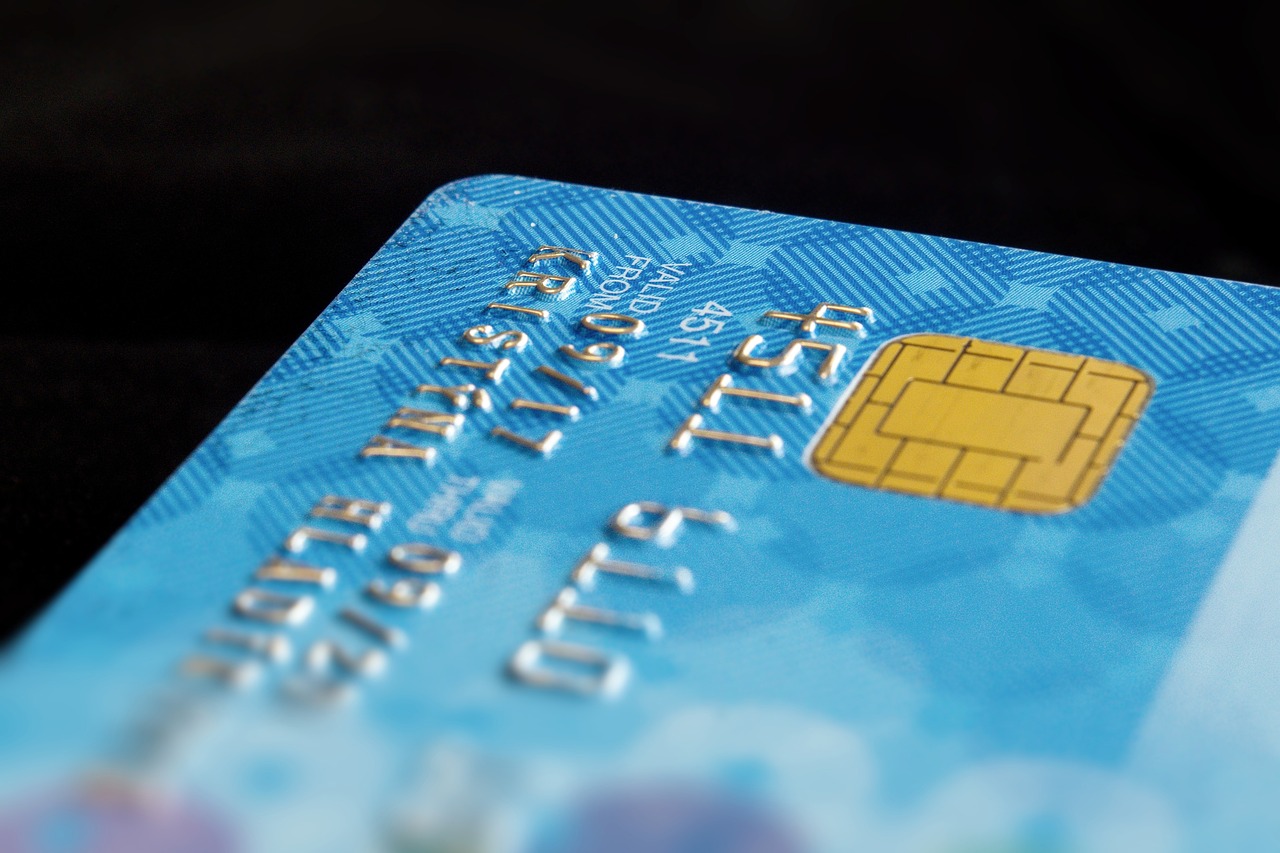How to Remove Collections from Your Credit Report

It’s not hard to fall behind on your debt and see your unpaid balance sent to collections. Unfortunately, job loss, medical emergencies, that last $250 owed on your car loan that you forgot about when the holidays got hectic, appear as negative marks on your credit report. That makes future credit complicated (and expensive) to access.
Curious about how to remove collections from your credit report?
Read on to find out.
Understanding Collections and Their Impact on Your Credit Report
Your credit report is a record of your financial history, including loans, payments, and anything you borrow and pay. How well or poorly you manage payments is information that will go on your credit report and will determine your credit score. Your credit score is a three-digit number that reflects your trustworthiness as a borrower.
Managing your debts and making on-time payments boosts your score and looks great to lenders. But going to collections…that’s another story.
What are Collections on a Credit Report?
If you fall behind on your debts by more than 90 days, your lender may sell the outstanding balance to a debt collector. Your lender will report your delinquency to the credit bureaus, while the collections agency reports your new collections account.
The Negative Impact of Collections on Your Credit Report
Frankly, going to collections stinks.
Aside from being burdened by debt, your delinquent payments and collections accounts appear separately on your credit report. Each new negative mark also drags down your credit score.
Lenders will then use this “proof” of your riskiness to reject future loan applications or charge higher interest rates. Say goodbye to opening a low-interest credit card or buying a house anytime soon.
How Long Do Collections Stay on a Credit Report?
Collections accounts can haunt your credit report for up to seven years after your first missed payment. While repaying your debt may boost your score some, your report will reflect the closed account until it falls off.
How to Remove Collections from Your Credit Report: 5 Ways
There’s more than one way to remove a collections account from your credit report. Your preferred method – and its effectiveness – depends on why it’s on your report.
1. Review Your Credit Report and Dispute Inaccurate Collections
If you’re looking for how to remove collections from credit report without paying, say hello to disputes.
It’s shockingly common for credit bureaus to include inaccurate information in credit reports. You can dispute these inaccuracies for free – if you find them. That’s why it’s so important to regularly review your free credit reports at www.annualcreditreport.com!
When you find inaccurate information, you can contact the relevant credit bureau(s) by mail, phone, or online. Be sure to:
- Identify the inaccuracy that needs removed
- Provide documentation of why it’s inaccurate (if possible)
- Include your contact information
If the bureau can’t confirm the disputed information’s accuracy within 30-45 days, they’ll have to pull it from your report.
2. After Paying Your Debt, Ask for a Goodwill Deletion
A goodwill deletion occurs when your original creditor or collections agency voluntarily deletes a paid-off account from your report. When considering how to remove paid collections from credit report, a goodwill deletion might be for you.
To ask for a deletion, contact your creditor in writing and plead your case. You may have more luck if you:
- Can prove you fell behind due to financial hardship like job loss or extended illness
- Had a good credit history before falling behind
- Made every effort to repay your debt ASAP
That said, removing a paid account isn’t always possible, even with nice creditors. Plus, removing your collections account won’t erase your late payment history or other negative marks.
3. Negotiate Removal with the Collection Agency
In rare cases, you may be able to negotiate a “pay-for-delete” arrangement with your debt collector. Theoretically, it’s simple: You pay the collection agency to delete your account from your credit report.
However, pay-for-delete negotiations are discouraged by the credit bureaus, and as such, relatively rare. They also aren’t legally binding; creditors may take your money and leave the collection on your report.
But if you want to try, consider the following tips:
- Send your request – and confirm any response – in writing
- Explain any extenuating circumstances, like prolonged illness or a family death
- Offer to pay part or all of your debt in one chunk, instead of over time
- Don’t pay a dime until your creditor locks in negotiations in writing
4. When All Else Fails, Remember the Credit Reporting Time Limit
Theoretically, delinquent accounts fall off your credit report after seven years. But, as we discovered above, your credit report isn’t always accurate.
If an old collection account passes the credit reporting time limit without being removed, don’t let it sit there! Pick up the phone, a pen, or your keyboard, and contact the bureau to request its immediate removal.
5. Get Professional Assistance from Financial Experts
Sure, it’s possible to handle your credit-related woes yourself. But you’re a busy person who probably doesn’t have the time to become a dedicated credit expert.
That’s why we recommend taking advantage of expertise from the pros at Credit Secrets. We can help you access the advice and tools you need to handle your personal collections situation like…well, a pro.
How to Keep Collections Off Your Credit Report
We’ve looked at how to remove collections from your credit report. But ideally, you’ll avoid getting to collections in the first place.
These time-tested tips can help:
- Keep Your Credit Utilization Low: Borrowing no more than 30% of your total credit card limit will prevent you from overextending your budget. Plus, it’s important for maintaining a good credit score.
- Don’t Take On Loans You Don’t Need: You can’t always avoid debt, especially when making larger purchases (a house, car, etc.) But if a loan doesn’t further your financial aspirations, consider waiting and saving instead.
- Maintain Timely Payments: You won’t go to collections if you don’t fall behind! If you’re worried about falling behind, calendar reminders and automatic payments can keep you on track.
- Talk to Your Creditor Before Falling Behind: If you’re in danger of delinquency, contact your creditor now. Explain your circumstances and ask if they can defer your payments or lower your interest rate or minimum payment amount.
Work With an Expert in Credit to Reverse Collections Damage
Now that you know how to remove collections from credit report, you’re ready to get your hands dirty.
But you don’t have to – and for the best results, you shouldn’t, at least not without help.
Don’t navigate the maze of removing collections from your credit report alone. Tackle your debt issues head-on, improve your credit score, and take control of your financial future, check out this amazing credit report resource!
Jenn Cartwright
What's Trending








